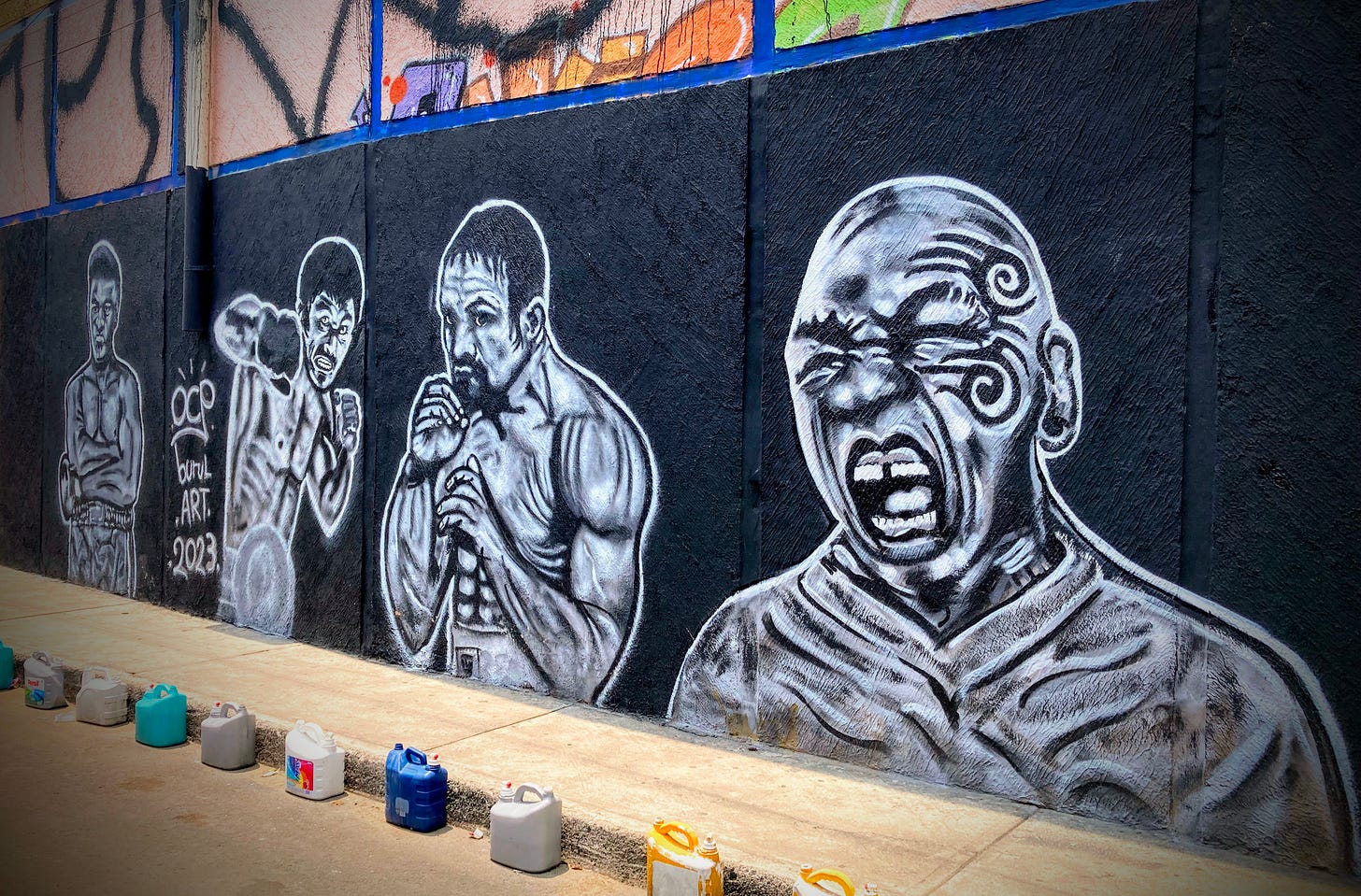A 'Test of the Ages'
Joe Biden used the commemoration of D-Day to tout American "democracy," writes Luke Pickrell
Joe Biden has joined dozens of dignitaries in Normandy to mark the 80th anniversary of D-Day, when 24,000 American, British, and Canadian troops began the eventual liberation of Western Europe. In November 1943, Roosevelt and Churchill had promised Stalin that a long-delayed second front would open to take pressure off the Soviet’s Eastern Front. D-Day was the memorable fulfillment of that promise.
On Thursday, Biden declared that “the struggle between a dictatorship and freedom is unending” and “Democracy is never guaranteed — every generation must preserve it, defend it, and fight for it. That's the test of the ages." Secretary of State Antony Blinken added that there would be international "chaos" and "lawlessness” absent U.S. involvement in global affairs and that “ultimately, the things that we take for granted — the democracy that we take for granted — that would be in jeopardy.”
The increasingly obvious retort to Biden and the Democratic Party’s claim of defending democracy is — “What democracy?” As David Dayen wrote, “Exactly what part of democracy are we trying to save? Is it our democratic legislature, gerrymandered and malapportioned beyond recognition, with supermajority thresholds that deny rule even by that corrupted majority? Is it our democratic presidency, which Trump legally took over after losing the popular vote in 2016, and George W. Bush in the same fashion 16 years earlier? Is it our democratic judiciary, morphed into a super-legislature and habitually twisting the Constitution to advantage those with power, money, and influence?… Where can we find this democracy we need to fight to preserve?”
Rather than praising a nonexistent democracy, it’s far more helpful to use the anniversary of D-Day to consider the development of constitutional reverence during the Second World War, when fear was the primary emotion on display. Compared to the “totalitarianism” of Communist Russia and Nazi Germany, the U.S. Constitution and the newly discovered Bill of Rights (America’s “Charter of Liberty”) looked quite appealing. In Chapter Nine of his new book, The Constitutional Bind, Aziz Rana succinctly explains the changes: “[B]y the early 1940s, issues of fundamental reform no longer shaped the constitutional discussion. Instead, conversations reflected a consolidating faith that the document was central to an anti-totalitarian American way of life, which culturally and politically safeguarded citizens from dictatorship” (i).
Before the Second World War, the Constitution had been subject to several incisive critiques by popular intellectual and political leaders, including Eugene Debs, Charles Beard, A. Philip Randolph, Chandler Owen, Gustavus Myers, Allan Benson, and Crystal Eastman. In 1911, Victor Berger, an SPA and House member from Milwaukee, introduced a resolution to abolish the Senate. Established newspapers, including The Messenger and Appeal to Reason, regularly ran constitutional polemics.
However, by the time America entered the war, the country had been “swept up in one of the most extensive mass celebrations in national history, far greater than any previous constitutional anniversary” (ii). Critique of the Supreme Court by New Deal supporters ceased for fear that condemnation would provide an ideological opening for dissident voices, foreign or domestic. Labor unions began honoring the Bill of Rights, especially the First Amendment. In 1941, Roosevelt declared December 15 “Bill of Rights Day,” and almost everyone closed ranks. Soon, “fully one-quarter of the nation’s population…belonged to organizations that ‘actively supported’ the celebrations.” Absurd celebrations ensued, including “a simultaneous reading of the Bill of Rights in all 83 [Chicago] neighborhoods” (iii). To some extent, Black Americans were incorporated into the nationwide celebrations of constitutional reverence to prove that racism belonged to the Nazis, not the United States. Some even claimed the U.S. was “committed to equality from the founding” (iv).
The United States emerged from the war relatively unscarred (there were six casualties on U.S. soil). In a matter of hours, the British, “clearly bled white by two world wars” and unable to bail out the Greek economy or fund the Turkish army, “handed the job of world leadership with all its burdens and all its glory to the United States” (v). Success in the war was attributed to the Constitution and its magnificent system of checks and balances. Victorious, the U.S. was well on its way to Cold War nationalism and the hardening of constitutional reverence to the point where abolishing or fundamentally changing the Constitution became “unthinkable” (vi).
We still live with the effects of constitutional reverence that developed during the long 20th century. Biden, Nancy Pelosi, and the rest of the Democratic Party are fighting tooth and nail to keep that reverence alive in the face of increasing discontent. The actual “test of the ages” is the struggle not to preserve the current minoritarian constitutional republic but to create a genuinely democratic political framework through which even more democracy can be extended into all sections of life.
i. Aziz Rana, The Constitutional Bind, 355.
ii. 359.
iii. 359.
iv. 399.
v. David Halberstam, The Best and the Brightest, 333.
vi. Rana, Bind, 389.




